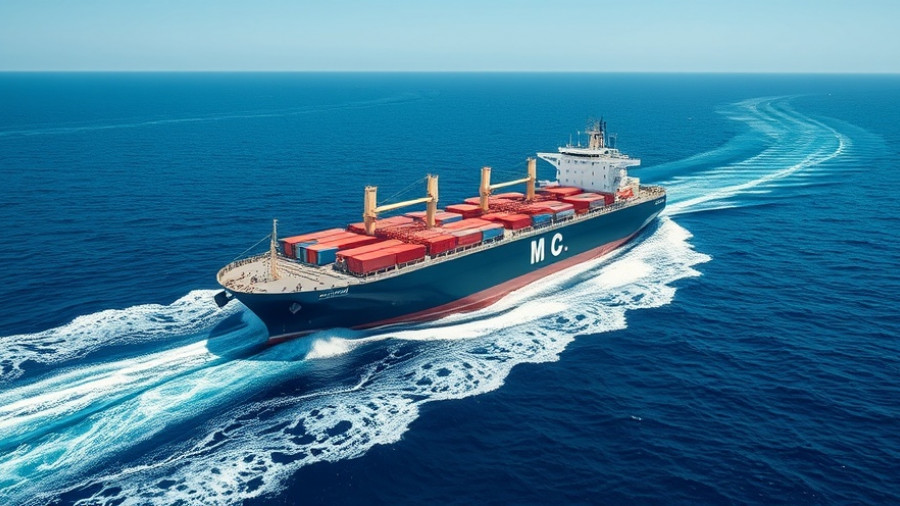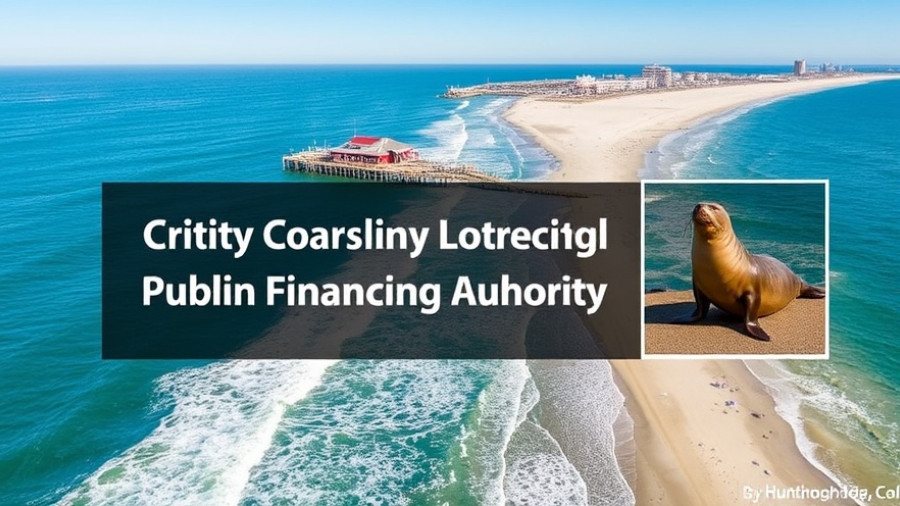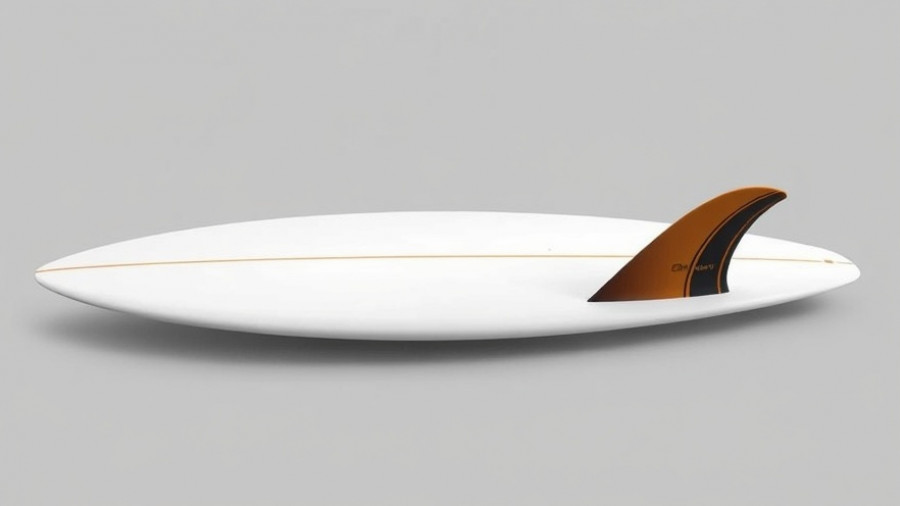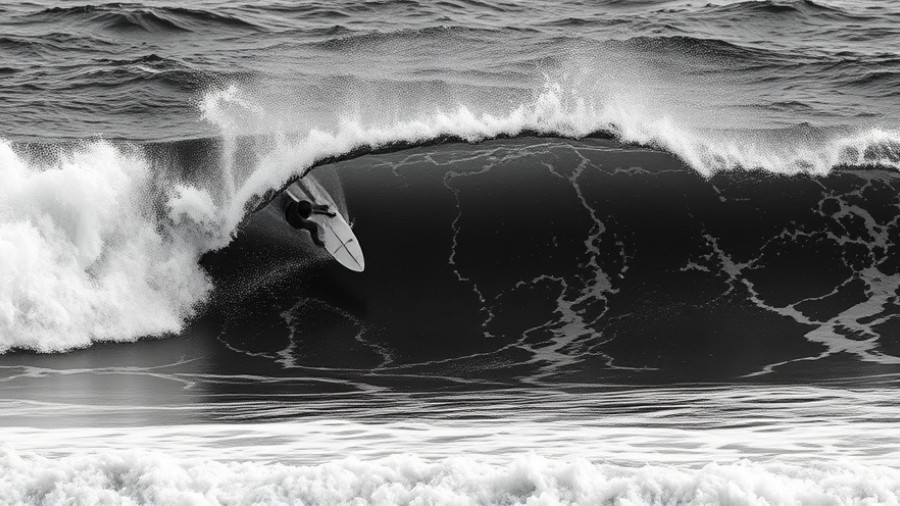
Understanding Ship-Generated Waves: What's Behind the Wake?
Have you ever noticed the mesmerizing V-pattern waves trailing behind a boat? These unique ship-generated wakes are not just visual spectacles; they hold a wealth of science that can intrigue surfers and ocean enthusiasts alike. But what exactly makes these waves different from the typical ocean swells we ride? Let’s dive deep into the fascinating world of ship-generated waves and how they impact both the environment and recreation.
The Science of Wake: Energy in Motion
Every ship, whether a small tug or a massive cargo vessel, creates waves as it moves through the water. Surprisingly, a significant amount of the energy used for propulsion goes into creating these waves, which scatter off into the ocean and often go to waste. This phenomenon is not just an economic concern, but also a critical consideration in engineering ship designs.
Pioneers like Daniel Bernoulli and Lord Kelvin have long pondered over the inefficiencies of ship-generated waves. The act of cutting through the water creates low-pressure zones, leading to the distinctive wave patterns we see in the ocean. On a clear day, the subtle ridges formed behind the vessel move with it, creating a fascinating yet inefficient action that modern engineers are still trying to optimize with advanced computational fluid dynamics (CFD).
Unveiling the Kelvin Wake
Lord Kelvin's research laid the groundwork for understanding how different shapes of ships produce unique wave systems. The classic Kelvin wake consists of two sets of waves: a V-shaped outward diverging set and a transverse wave set that marches perpendicular to the ship's path. When surfing these wakes, understanding their formation can give surfers an advantage when timing their rides. Surfers often search for these “wrinkles” in the water, studying how waves interact based on the vessel's speed and hull design.
Embracing the Inefficiency: Surfing Ship Waves
Surfers have found creative ways to engage with ship wakes, elevating what is typically seen as waste into an action-packed ride. By positioning themselves strategically and navigating the waves created by vessels, they harness the energy of these enormous machines for sport. Wakeboarding and wakesurfing are prime examples where the inefficiency of ship waves is turned into thrilling experiences on the water.
Hidden Waves: The Science of Dead Water
Not all ship-generated waves stay confined to the surface. Interestingly, when lighter fresh water flows over salt water, ships can create invisible internal waves that lead to a phenomenon known as “dead water.” This can slow vessels down dramatically, creating unexpected challenges for those navigating the waters. Understanding how these internal waves work is critical for fishermen and sailors alike, ensuring safer and more efficient travel.
The Future of Ship Wave Research
The fascination with ship-generated waves extends into chasing new technological frontiers. With advancements in CFD and hull design, engineers may one day craft vessels that minimize wave generation, thereby preserving energy and reducing cost. The continuous study of these waves also opens avenues for improving surfboard designs through fluid dynamics, synthesizing science and sport in incredible ways.
So next time you’re out there riding the waves, take a moment to appreciate the intricate interplay of science and fun that leads to those exhilarating rides behind ships. Understanding the dynamics of the ocean can not only enhance your surfing experience but also contribute to a broader appreciation of the delicate balance between human activity and nature.
Curious to explore more about the fascinating interactions between surf culture and marine science? Dive into the world of ship-generated waves and discover how your passion for surfing connects you to the intricacies of ocean dynamics!
 Add Row
Add Row  Add
Add 




Write A Comment